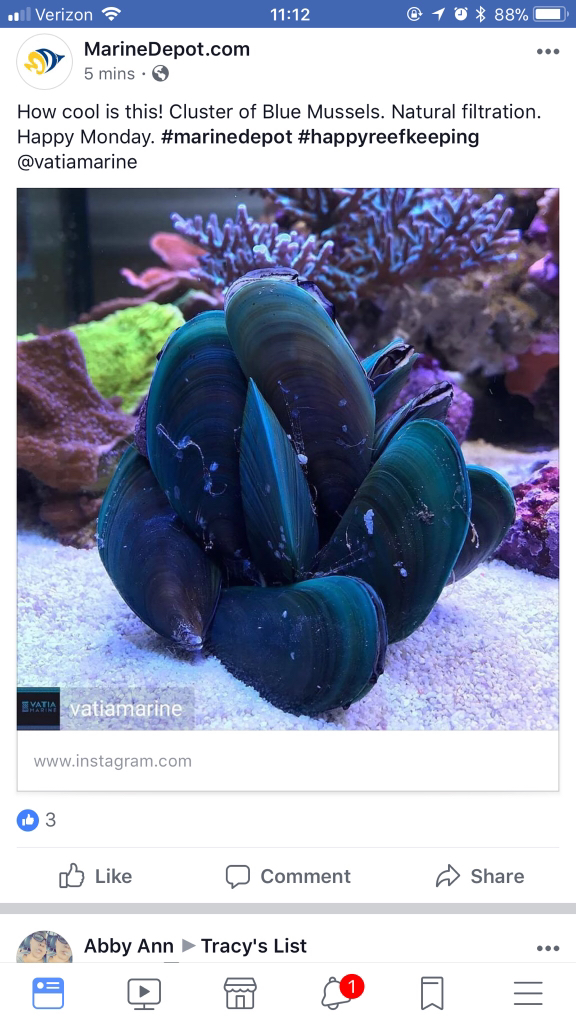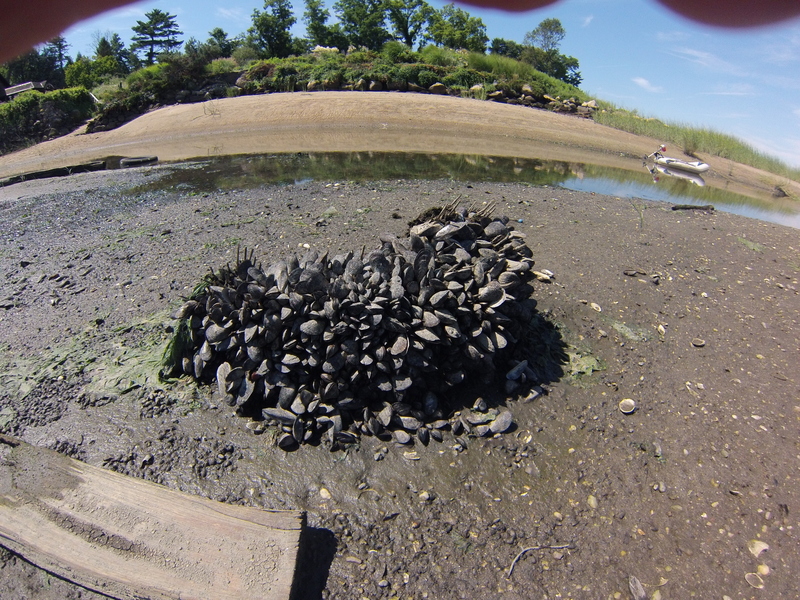Here's another video of my daughter feeding the fish last night. After the chopped clams were devoured, they skilletfish didn't want to leave her hand!
I'm not sure what's going on with the large killifish. A white spot showed up the other day on its side. Yesterday, it looked a little better and today even better. Perhaps its own immune system is fighting it off? If not, I'd have to find a way to trap that fish and provide treatment.
I'm not sure what's going on with the large killifish. A white spot showed up the other day on its side. Yesterday, it looked a little better and today even better. Perhaps its own immune system is fighting it off? If not, I'd have to find a way to trap that fish and provide treatment.



















